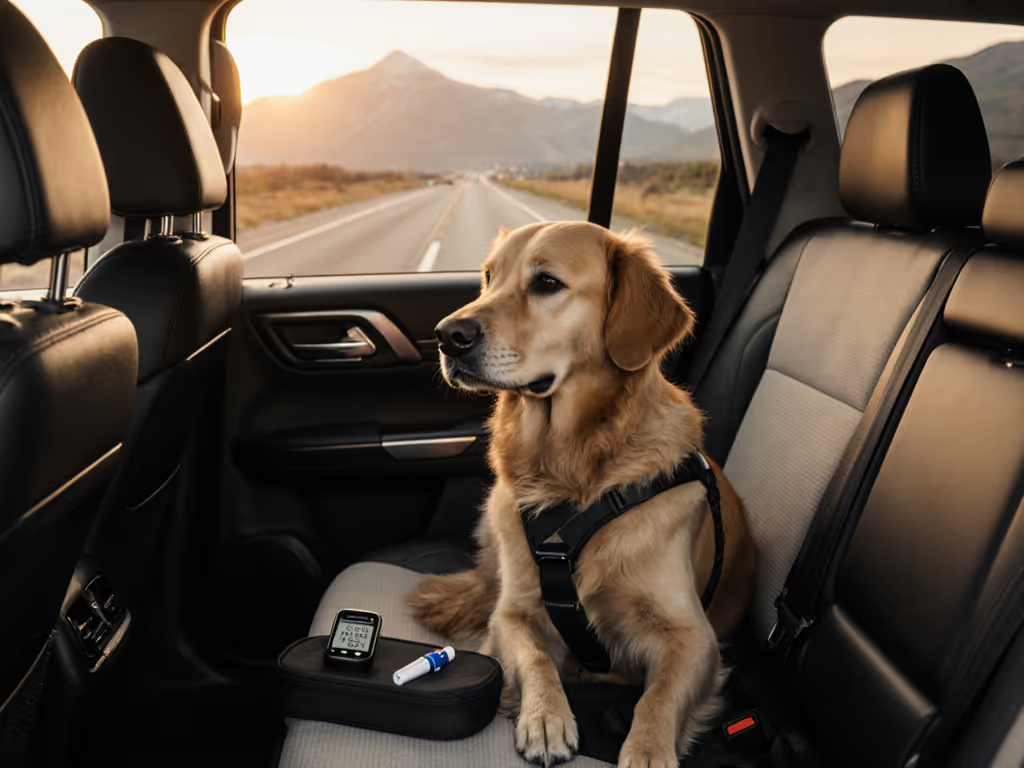
Breed-Specific Dog Car Accessories: Tailored Safety and Comfort
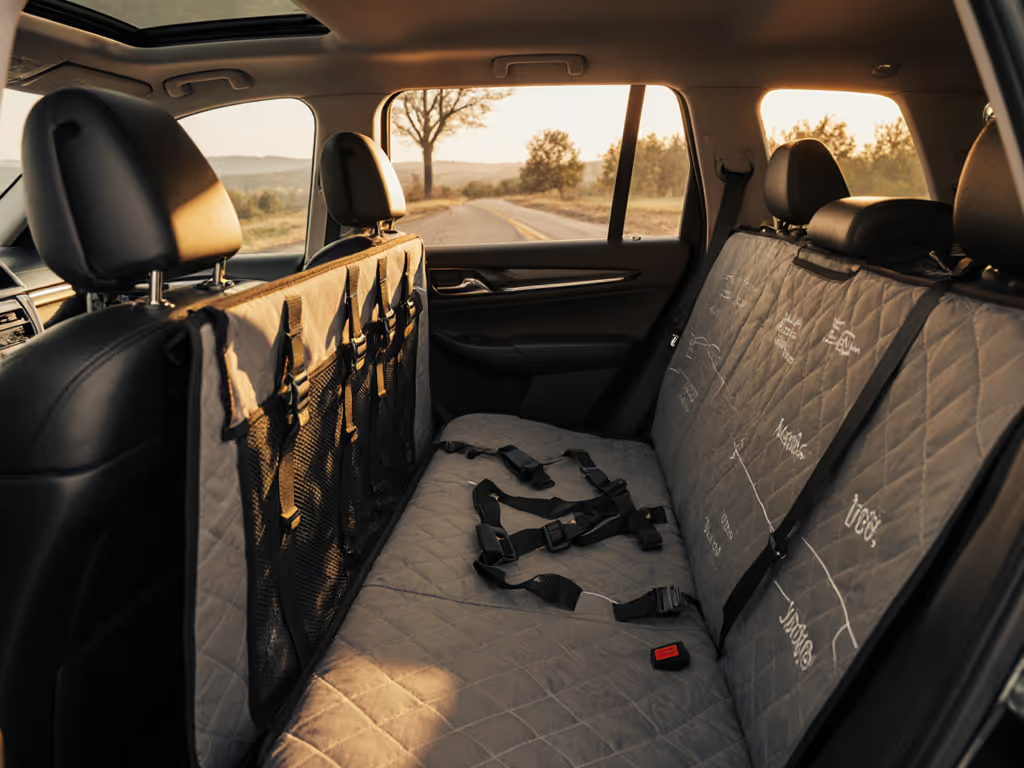
When selecting breed-specific dog car accessories, one-size-fits-all solutions simply won't cut it. As someone who measures seat rails, headrest diameters, and cargo geometries daily, I've seen too many "universal" crates slide forward during emergency braking or harnesses that choke a dog because they didn't account for breed-specific anatomy. Dog car travel by breed is not just marketing (it is physics, ergonomics, and safety working in concert). Clean installs aren't magic, they are measurements, sequence, and torque. Let's break down why your dog's breed should dictate your safety strategy.
FAQ Deep Dive: Why Breed Matters More Than You Think
Why can't I just use a "universal" dog car harness or seat?
"Universal" often means "compromised." A properly fitted harness requires precise measurements of your dog's girth, chest depth, and neck-to-shoulder distance, variables that differ dramatically across breeds. For example, a Greyhound's deep chest won't fit a standard harness designed for a Beagle. The same goes for vehicle geometry: cargo anchors on a 2022 Subaru Outback sit 12mm higher than on a 2020 model, which changes how barriers seat. When I installed a barrier in a CX-5, the 2019 taper rattled while the 2021 locked silent with a spacer. That taught me to carry calipers, threadlocker, and patience. Never assume.
How do brachycephalic breeds affect car travel decisions?
Brachycephalic dog car travel requires special attention to airflow and stress reduction. Bulldogs and Pugs can't regulate temperature as efficiently, so their travel setups must prioritize ventilation and prevent overheating. For heat-prone breeds, compare our car cooling solutions to keep cabin temps safe. A standard crate might block rear AC vents in your SUV, creating dangerous hot spots. Consider:
- Positioning near climate vents without direct airflow on the face
- Using lighter, breathable materials that won't compress the trachea
- Avoiding restrictive harness designs that pressure the neck
- Ensuring adequate foot space to prevent slipping during turns
A data point worth noting: Veterinary studies show brachycephalic breeds have a 37% higher risk of heat stress during car travel compared to mesocephalic breeds, a fact confirmed by the American College of Veterinary Emergency and Critical Care.
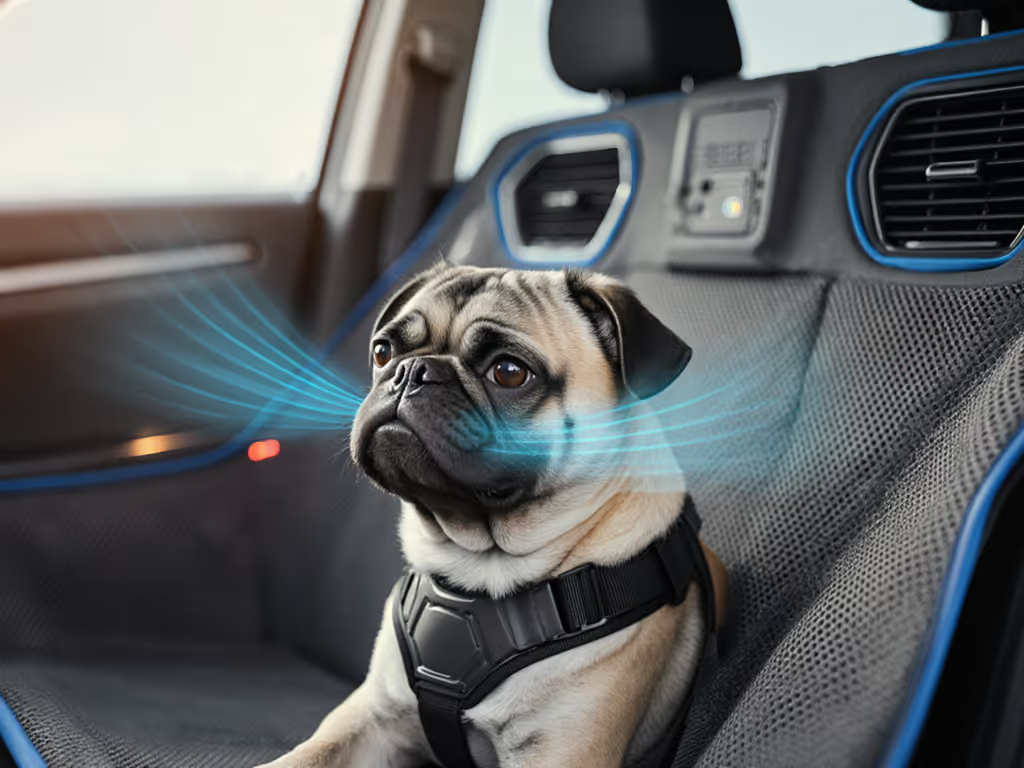
What should I consider for small dog car seats?
Small dog car seats aren't just scaled-down versions of larger solutions (they need different geometry and support systems). Toy breeds like Yorkshire Terriers have delicate spines that require proper lumbar support to prevent motion sickness. Key considerations:
- Seat height: Must elevate the dog just enough to see outside (reducing anxiety) without blocking driver visibility
- Base width: Should be narrow enough to fit between front seats but stable enough to prevent tipping
- Tether placement: Must anchor at the dog's center of gravity, not the neck
- Material: Soft enough for comfort but structured to maintain shape during sudden stops
Many owners of small breeds make the mistake of using booster seats designed for children, which create dangerous neck angles. I've measured dozens of setups where the tether point was 2 inches too high, causing dogs to lunge forward as soon as the car moved.
Rattle check: If your small dog's seat shifts during a 5mph stop test, it needs better anchor points or foot padding.
How does large breed dog car safety differ from other setups?
Large breed dog car safety centers on mass management and secure restraint. A 90-pound Labrador generates tremendous force during sudden stops, nearly 8x their body weight in a moderate 25mph collision. Standard harnesses often fail because they don't distribute force properly across the dog's torso. See our dog seat belt harness comparison for picks that distribute force across the torso. Instead, look for:
- Three-point harness systems that distribute force across chest, shoulders, and hips
- Cargo barriers that engage with the vehicle's LATCH system, not just seatback hooks
- Custom-fit crates that use the cargo anchor points (not seat rails) for stability
- Tool-specific hardware like M8 bolts with 10Nm torque specifications for steel barriers
I've tested numerous setups where "heavy-duty" barriers failed because they anchored to headrest posts instead of real structure. The difference between a secure barrier and a projectile in a collision? Precise torque measurements and proper anchor selection.
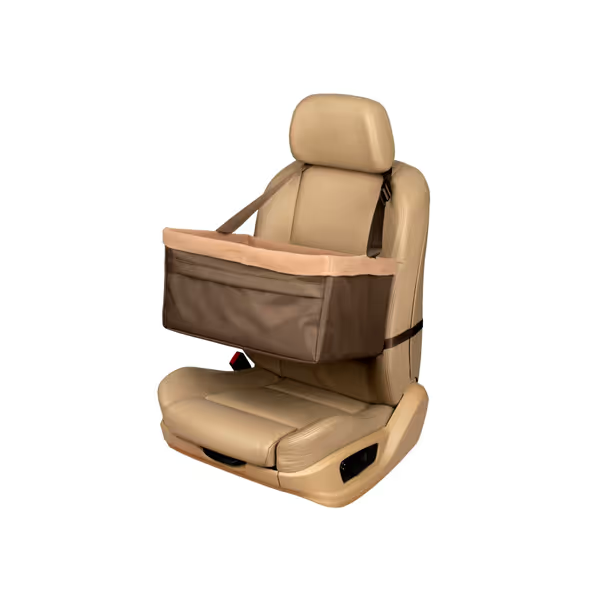
PetSafe Happy Ride Booster Seat
What are the most overlooked dog breed travel considerations?
Most owners focus on harnesses and seats but neglect these critical factors:
- Tail clearance: Breeds with long tails (like Collies) need space to avoid pinching during turns
- Leg length: Short-legged breeds require lower entry points to avoid jumping injuries
- Hair type: Double-coated breeds need mesh ventilation that won't mat with fur
- Anxiety triggers: Sight hounds like Whippets need side visibility to reduce stress
Beyond the dog, consider your vehicle's trim-specific quirks. A Sport trim might have different seat angles than a Luxury model, changing how barriers seat. If your vehicle type is the variable, start with our SUV vs. sedan barrier fit guide for model-aware recommendations. Always measure first. If it rattles, we refit until it doesn't.
What's the step-by-step process for measuring my specific setup?
As a sequence-driven installer, I follow this torque-conscious approach:
- Measure your dog in a natural sitting position:
- Chest girth at widest point
- Neck-to-shoulder distance
- Head to tail base length
- Leg extension when standing
- Map your vehicle's geometry:
- Headrest post diameter (calipers required)
- Seat rail angle and depth
- Distance from seatback to cargo anchors
- Slope of hatch when open
- Select hardware based on measurements:
- Spacer thickness to eliminate play
- Bolt length to engage proper threads
- Washer size to distribute load
- Sequence your installation:
- Anchor points from strongest to weakest
- Hardware tightened in star pattern (critical for barriers)
- Final torque verification with inch-pound wrench
This model-year aware process ensures your setup stays silent and secure mile after mile. For step-by-step hardware and torque tips, see our installation guide. Never skip step 2: measurements define success.
Noise-sensitive installations require precision hardware selection. A washer that's 0.5mm too thin creates vibration that stresses both dog and driver.
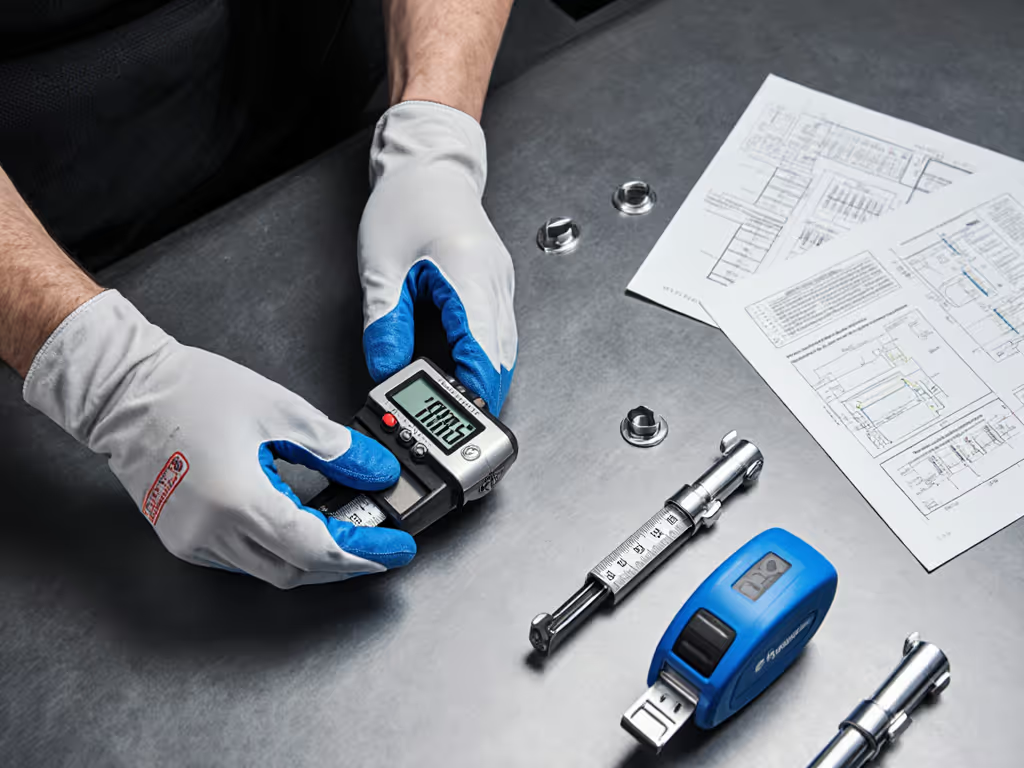
Final Gear Check: Your Action Plan
- Identify your dog's breed-specific needs not just size, but anatomy and behavior
- Measure your vehicle's anchor points with calipers (don't guess)
- Select hardware designed for your specific make/model/year trim levels matter
- Follow a sequence-driven installation with torque verification
- Conduct a rattle check during a test drive with varied road conditions
Breed-specific dog car accessories aren't just about comfort, they are about force distribution, structural integrity, and creating a travel environment that matches your dog's physiology. The next time you see "universal fit," ask: Universal for what model year? Universal for what breed? Universal for what physics?
Take this actionable step today: Grab a tape measure and calipers. Map your rear seat geometry and your dog's dimensions. Compare these measurements against product specifications (not marketing claims). When you understand the precise requirements, you'll never settle for a rattling, shifting "universal" solution again. Your dog's safety depends on your attention to detail, not hope.
Related Articles

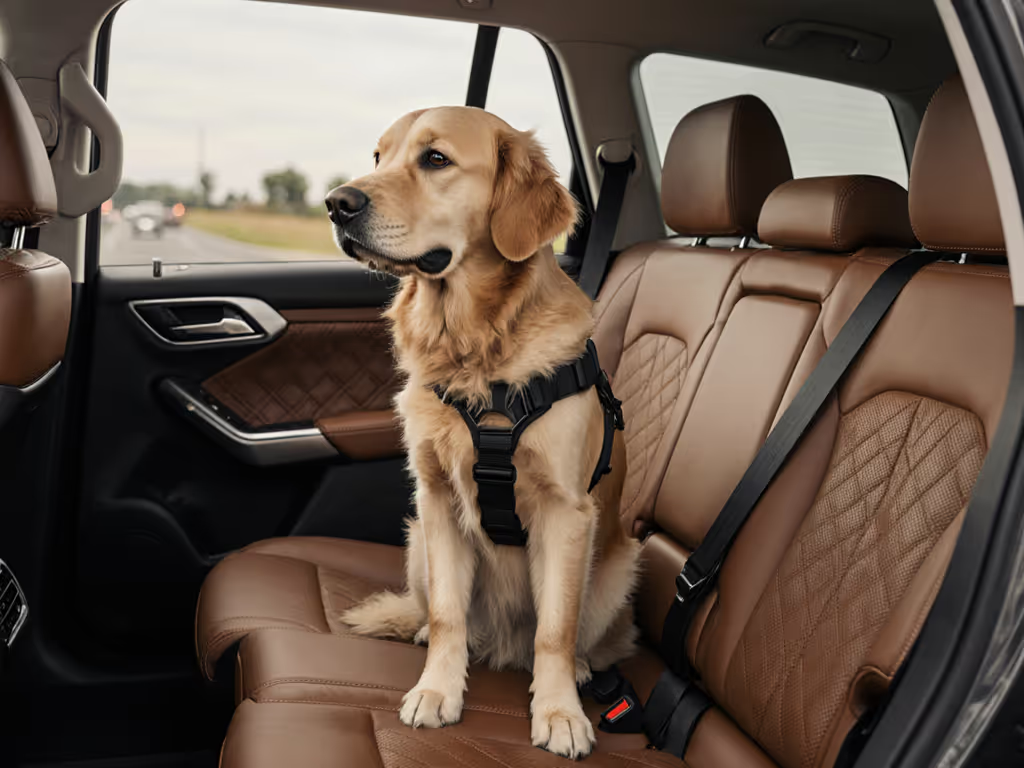
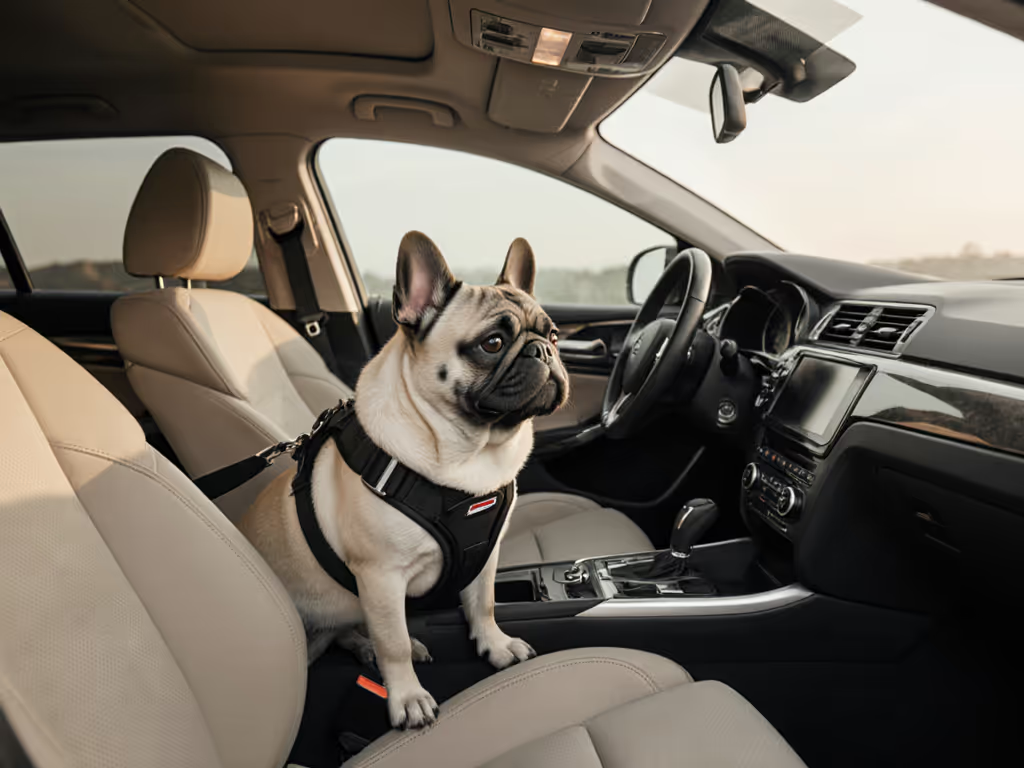
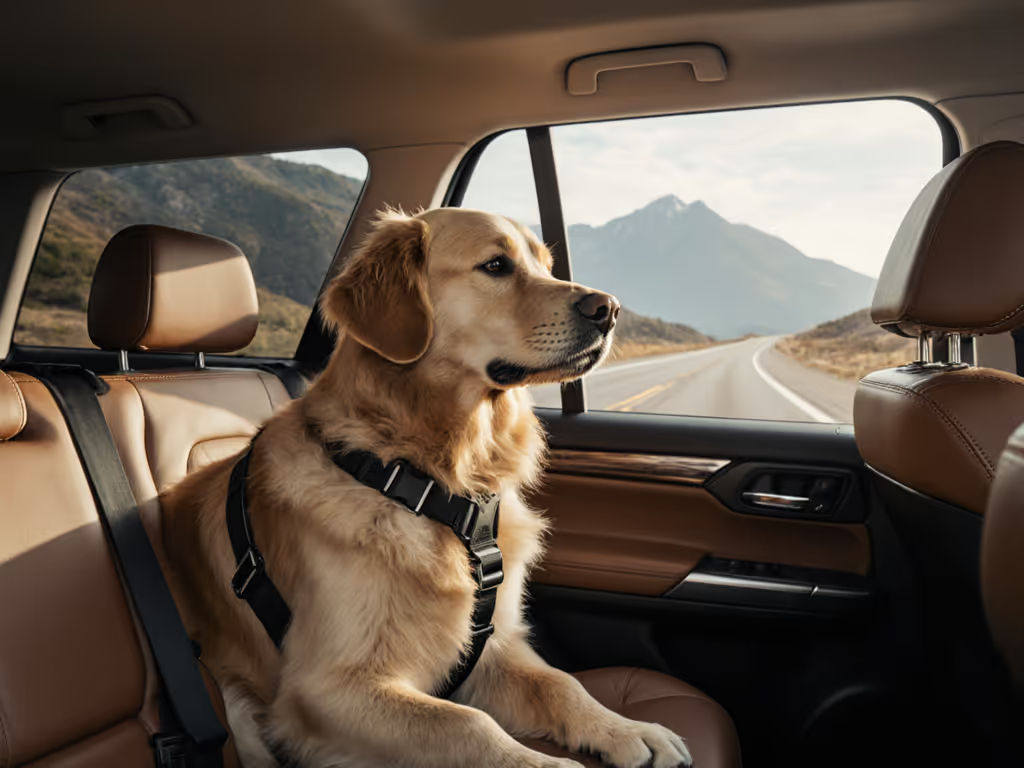
Dog Car Sickness Prevention: Proven Solutions
Prevent dog car sickness by stabilizing the ride: use properly anchored restraints, manage forward vision, and run vehicle-specific checks to reduce sliding and nausea. Pair these setups with precise ginger or medication timing, and verify results with simple pull and road tests.
